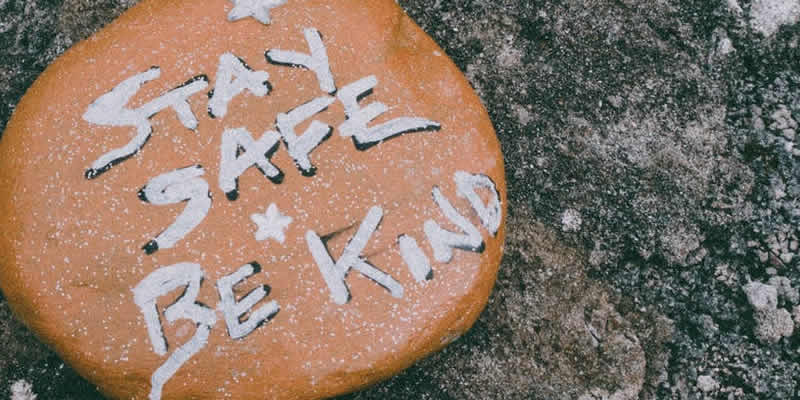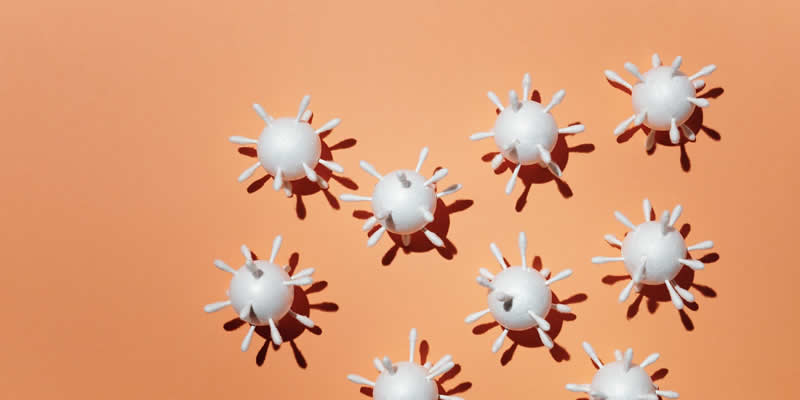The paleo keto diet involves a number of dietary restrictions and therefore there are precautions that should be taken.
Whilst there are no long-term clinical studies specifically into the paleo keto diet, it is based on a natural way of eating that humans have followed for thousands of years.
You need to inform your doctor if you are planning on adopting a paleo keto diet.
Blood glucose levels
The paleo keto diet helps to lower your blood glucose levels, which is due to decreased carbohydrate consumption.
It is therefore important for people susceptible to hypoglycemia (those taking insulin, sulphonylureas or glinides) to vigilantly monitor blood sugar levels and look out for hypo symptoms.
Your doctor can help you manage your medication if you are experiencing hypos on the diet.
Ketoacidosis
The paleo keto diet can help people on insulin to lower their doses but this must be done with a lot of care to prevent diabetic ketoacidosis (DKA). DKA is a dangerous condition that can occur if people have too little insulin in their body.
The aim of the diet is to induce ketosis, which does not itself predispose DKA, but DKA can emerge on any diet if too little insulin is produced or given.
The risk of DKA is generally low providing your doctor has explained how to safely lower your insulin doses, but it is important to be aware of DKA symptoms nonetheless.
Blood pressure
The paleo keto diet can also lower blood pressure. People taking blood pressure medication should be aware of low blood pressure symptoms once they adopt the diet.
If your blood pressure is going too low, you should see your doctor who may decide to take you off your medication.
Minimising side effects
Side effects from the paleo keto diet have only been reported in the short-term, but there are ways to minimise their impact.
Keto-flu
Keto-flu is a collective term to describe the side effects of low-carbohydrate diets including the paleo keto diet. This occurs when the body starts adapting to using ketones for fuel rather than glucose. It can lead to symptoms such as dizziness and fatigue, but these normally disappear after a few days.
Increased cravings
Going paleo keto can cause your energy levels to drop during keto-adaptio, but this should pass within a few days. Your energy levels will usually improve within a week or so.
Read more about foods to eat on a paleo keto diet
Low energy levels
Going paleo keto can cause your energy levels to drop during keto-adaptio, but this should pass within a few days. Your energy levels will usually improve within a week or so.
Who should not be on a paleo keto diet?
You’ll need to undergo a health screening to assess if your health or medication might mean the diet is inappropriate for you.
According to Dr Csaba Tóth, clinical experience shows that pregnant and breastfeeding women can also adopt the diet, but they should consult their health team.
Only those who are experienced at managing diet alongside diabetes should consider the paleo keto diet. The diet is new within medical research and is not advised for someone new to diabetes management.



